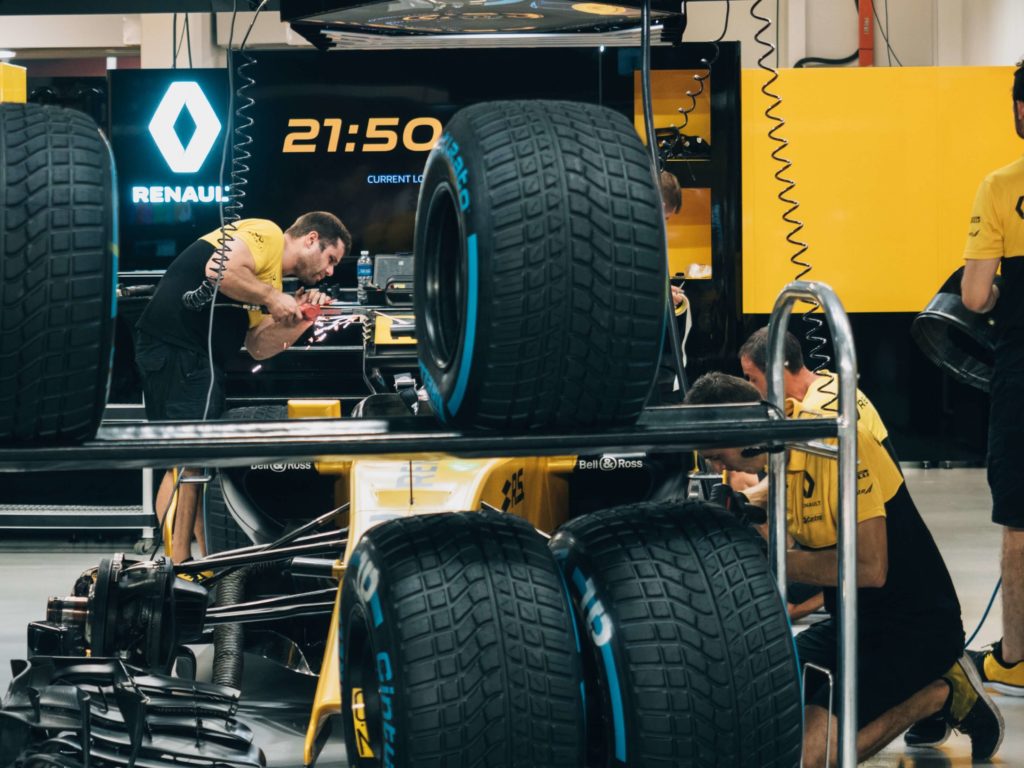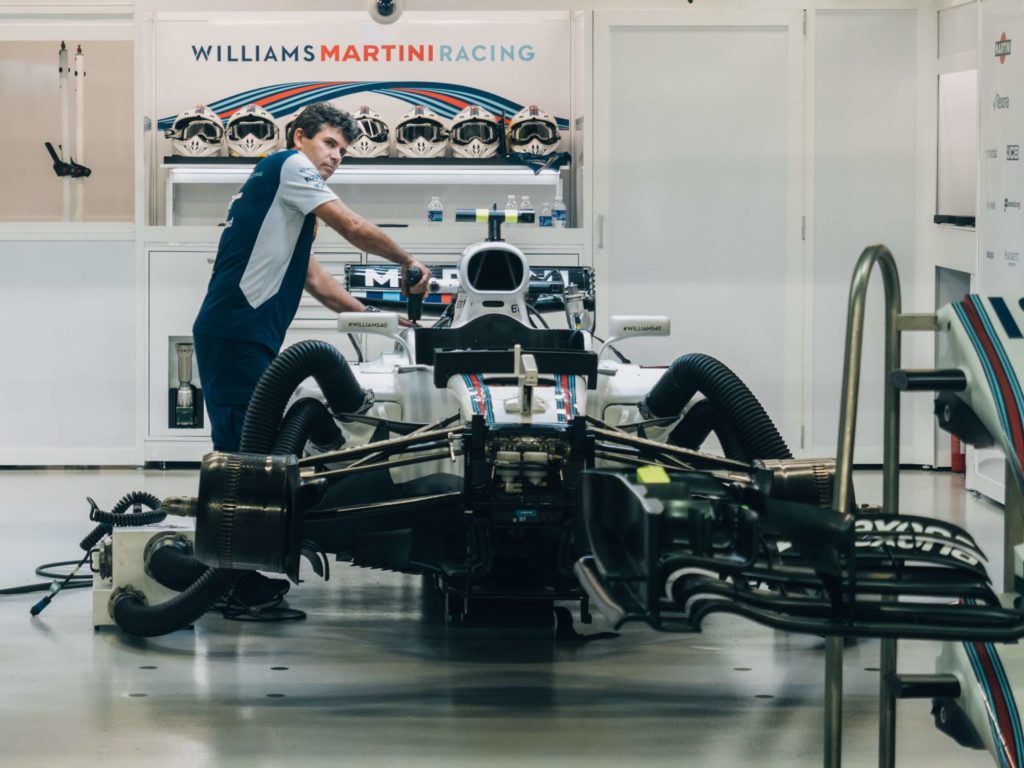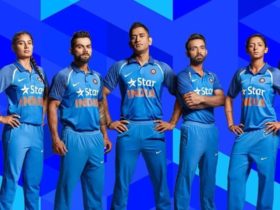What is Formula 1?
Formula 1 is an international level motor racing event licenced by Federation Internationale de I ‘Automobile (FIA). The races in Formula 1 are called Grand Prix (Grand Prizes). These races are conducted all over the world. Normally, the season starts from March and carries on till December, with a 4 weeks break around August. The first Formula 1 race was held in 1950 at Silverstone circuit in England. India has hosted 3 races from 2011 till 2013, each won by Sebastian Vettel with Red Bull.
What happens on a race weekend?
All Grand Prix consists of 7 sessions viz. 3 Free Practice sessions, 3 Qualifying sessions and the Race. Let us look at theses sessions one by one.
Free Practice
Practice sessions ace carried out so that the drivers can get familiar with their cars and the track. Teams use these sessions to simulate qualifying and race. An F1 car is too sensitive to the type of track and the setup it is running. A small change in the temperature of the track or the wind velocity makes a world of difference. As each track possess a different challenge, the sessions give time to the teams to set up their cars for qualifying and race. There are 3 practice sessions viz. FP1, FP2 and FP3. FP1 and FP2 are of 90 mins each and are conducted on Friday (Thursday for Monaco). FP3 is of 60 mins and take place on Saturday morning, before Qualifying session.
Qualifying
This session decides the starting position of the drivers. It takes place on Saturday after FP3. Qualifying is divided into sessions Q1, Q2 and Q3.
Q1
Duration: 18 mins
For 18 mins, drivers can do as many laps as they want. Each driver’s best effort is compared. At the end of Q1, the slowest 5 drivers are eliminated and take places 15 to 20 on the grid as per their lap times.
Q2
Duration: 15 mins
Similar to Q1, 5 slowest drivers are eliminated and take places 10 to 15. The top 10 drivers have to start the race with the same set of tyres used in Q2. The bottom 10 drivers, though, can start with the tyre of their choice.
Q3
Duration: 12 mins
Again for 12 mins, the remaining 10 drivers can run as many laps as they want. Their individual best lap time is recorded and compared with other drivers. At the end of 12 mins, the drivers take places 1 to 10 on the grid according to their lap times. The fastest (least lap time) driver gets the pole position, which is the best position to start the race.
Race
Least number of laps required to complete 305 km decides the number of laps. Each track has different dimensions so the number of laps are different for different tracks.
The drivers line up on the grid according to their Qualifying results. The race starts with a formation lap in which drivers go around the track at a slow speed behind the safety car to ensure that track conditions are safe and that there are no major problems with the cars or the circuit. After the formation lap, the safety car is taken out. Drivers take their position again, and then as David Croft would say, “Lights out and away we go…..!”
Points are awarded according to the final position. If a driver does the fastest lap in the race and if he finishes in the top 10, he gets a point for that. Last 10 drivers do not score any point.
| Position | Points |
| 1 | 25 |
| 2 | 18 |
| 3 | 15 |
| 4 | 12 |
| 5 | 10 |
| 6 | 8 |
| 7 | 6 |
| 8 | 4 |
| 9 | 2 |
| 10 | 1 |
What about tyres?
Soft, Medium and Hard are the three types of dry tyre compounds available for the weekend. The softer the compound, the faster it will be but it will wear out quickly. Along with these three compounds, two wet weather compounds, the Intermediate and Full Wet weather tyres are also available. Pirelli provides 13 sets of tyres to each driver for a race weekend. 10 of them are chosen by the concerned team and the driver. 2 of them are mandatory race tyres, whose compound is decided by Pirelli and it is compulsory to use at least one of these sets in the race. And if the driver qualifies to Q3, the final set is provided.

Talking about the tyre usage, out of the 10 chosen sets, drivers can use any set as per their choice during the Practice sessions. They have to return 2 sets of tyres at the end of each practice session (For FP1, the first set is returned at the end of 40 mins). For Qualifying, the drivers are left with 4 sets. An additional set is provided if a driver makes it to Q3. For the race, the 2 sets of mandatory race tyres are added, also for the bottom half of the grid the special Q3 tyre gets unlocked. There are two important rules regarding the tyres which the teams must be careful of. First, the top 10 drivers have to start the race with the tyres they put the fastest lap in Q2. Second, all the drivers have to use at least one set of mandatory race tyres unless the race is declared as wet. As no tyre compound is capable of completing the full race distance and to satisfy the rules, drivers have to change the tyres at least once in the race. This brings tyre strategies into the game, which further increase the variables.
Most used terms in F1
DRS: It stands for Drag Reduction System. The F1 wings produce downforce and drag, which is the exact opposite of what an aircraft wing does. The downforce keeps the car planted on the track even at high speed, but this downforce comes at a cost of drag force which slows the car down on the straight lines. To reduce this drag, a DRS button is available for the drivers which can be activated for a certain section of the track, called the DRS zones, and under certain situation. During practice, it can be activated anytime in the DRS zones, while in the race, drivers can use it only when the car ahead is within one second. DRS improves the speed of the car by 10-12 km/h, and thus increase the chances of overtaking.
Engine: The F1 car is powered by a four-stroke turbocharged 1.6 litre V6 turbo engine. The output of the car is further improved by using Energy Recovery System. The ERS converts the waste thermal energy from the turbocharger and the kinetic energy from braking, into electrical energy.

Blistering: Due to overheating of tyres, the rubber softens and breaks away.
Cockpit: Section of the car where the driver sits.
G-force: Lateral and longitudinal force faced by drivers.
Iconic corners
Eau Rouge – Spa (300 km/h)
Becketts – Silverstone (210 km/h)
130R – Suzuka (310 km/h)
Parabolica – Monza (210 km/h)
Senna S – Interlagos (110 km/h)
One question may come to your mind. What is the fun in watching 20 cars going around on the same track 60 times? Well, it is boring sometimes, but F1 is more than racing. It has some of the world’s best engineers, working on perhaps the most advance piece of automobile, top management guys at the helm, and drivers fighting each other at speed well above 200 km/h.



















Leave a Reply